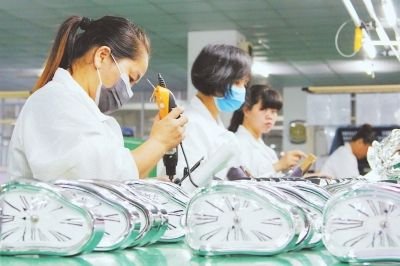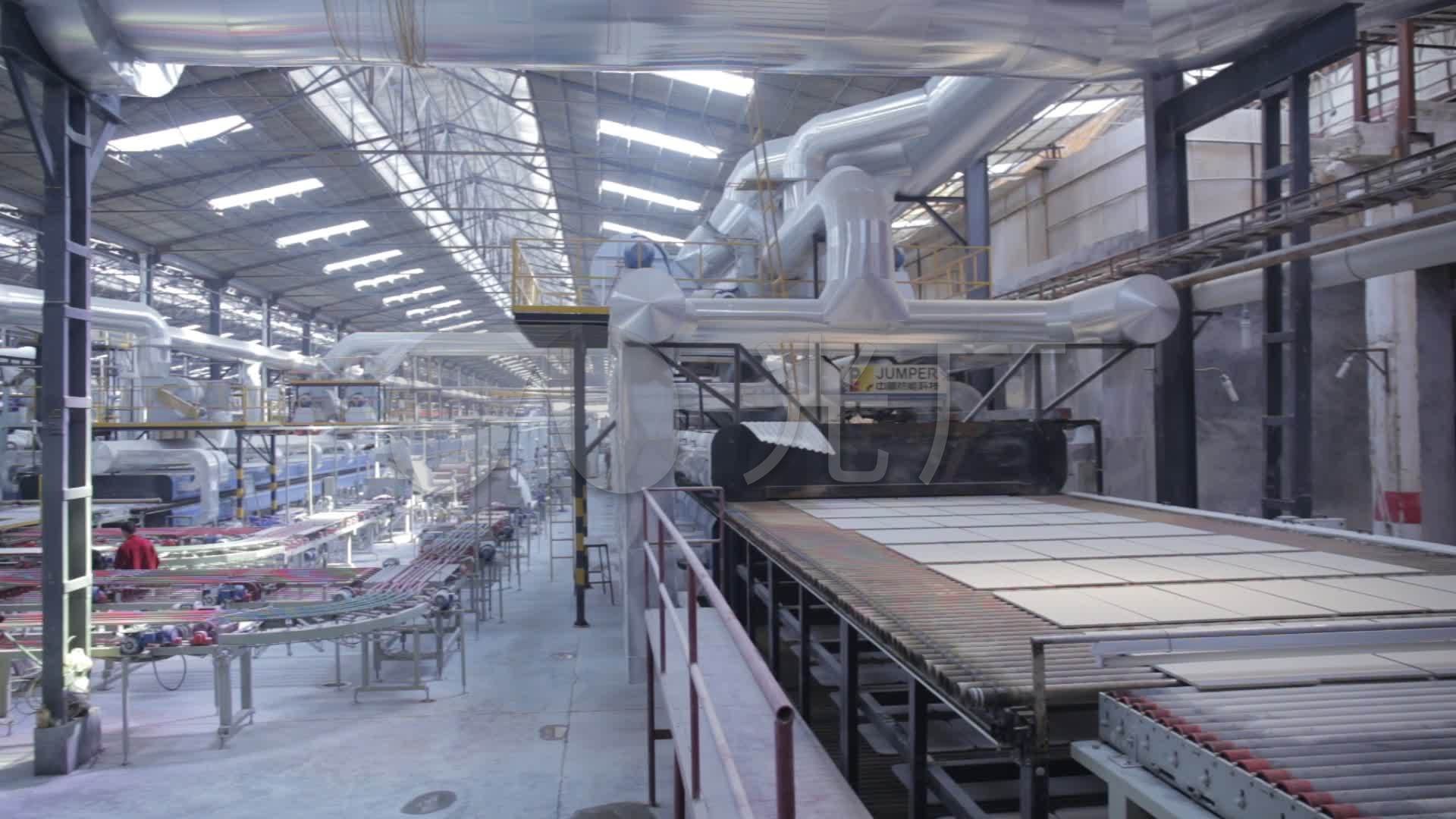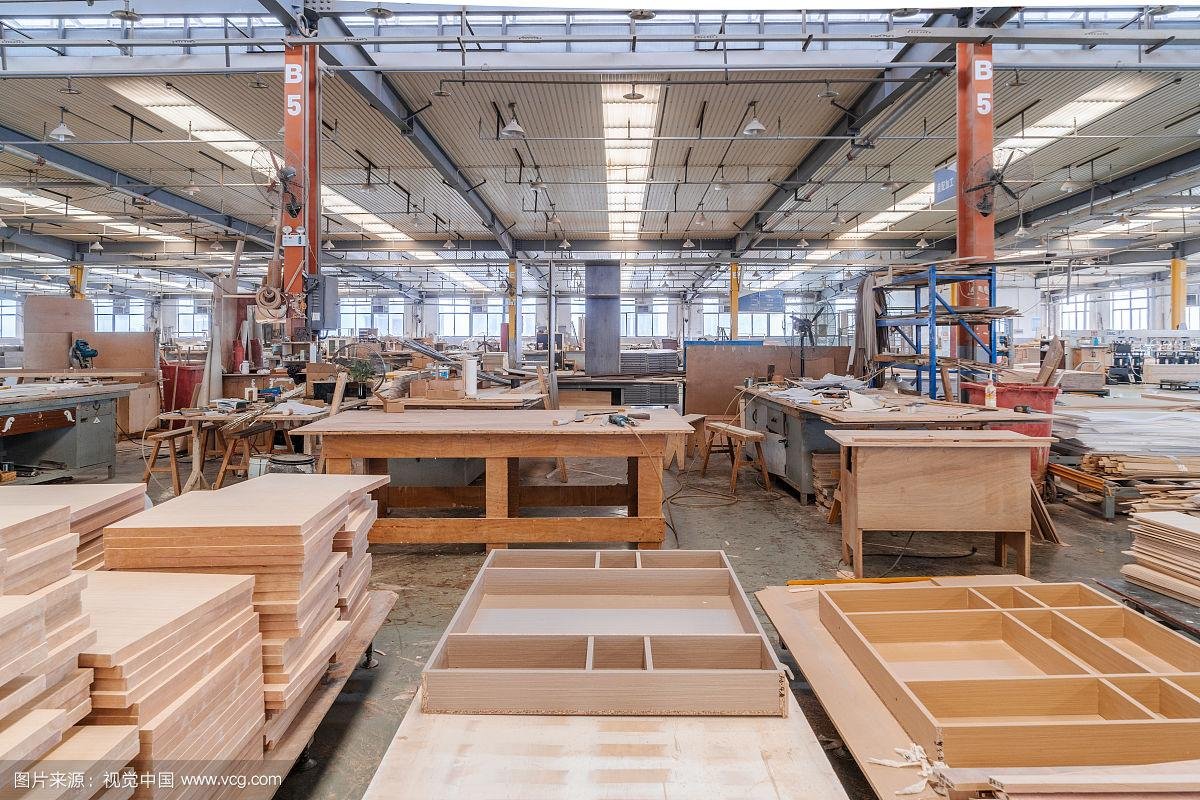Electronic Vehicles & Battery (Guangzhou, Shenzhen, Shantou)
GBA is a hub for Electronic Vehicle (EV) manufacturing and energy storage. It is a region that has built hundreds of thousands of public charging points — the EV equivalent of gas pumps — over the past few years. With 345,126 public chargers and 19,116 charging stations as of the end of September 2022, Guangdong has the largest EV charging network in China, one that has more than doubled from a year ago. That’s around three times as many public chargers in the whole of the US. In GBA, ubiquitous charging is also boosting electric car ownership. EV sales jumped 151% in the first half of the year, according to the Guangdong Bureau of Statistics. The province now has over 1.4 million electric vehicles, the highest share in the country. Guangdong’s provincial government is also doubling down on EV manufacturing. One-in-eight electric cars sold in China is now made in Guangdong. From January to July, local EV production jumped more than two-fold from a year before.
Medical Equipment (Longhua (Shenzhen), Meizhou)
GBA is a hub of medical equipment manufacturing not only in China but globally in the perspectives of market ownership. By the end of 2021, Guangdong has 4,457 medical equipment manufactures and 23 of which went to public market. The revenue of latter ones was £15 billion, which took 32.8% account of national market. Both numbers were the leading figures over rest of provinces.
Horologe & Smart wear (Longhua, Shenzhen)
China owns 80% watch and horologe production in the world. Shenzhen took 53% of the market shares in China and 42% globally. By 2020, Shenzhen owns 7 out of 10 top brands of horologe in China and has more than 200 other brands in this market. In general, GBA owns 95% horologe and its assemblage’s production, including precision machining equipment manufacturing, watch cases, dial, watch strap and chip, circuit board, micro stepping motor, etc.
Integrated Circuit and fast-charging charger (Shenzhen)
The Electronic Components and Integrated Circuits International Trading Centre Co has an initial market capitalization of 2.1 billion Yuan and is financed by 12 state-owned enterprises and private companies. A global sourcing platform for semiconductors and integrated circuits have been formed in Shenzhen.
As one of the key hubs for the integrated circuit (IC) industry in China, the Shenzhen IC industry has maintained rapid growth in recent years, building a distinctive industrial cluster focused on design, manufacturing, testing, equipment, and materials. In 2020, the sales revenue of the Shenzhen IC industry reached 172.726 billion yuan, with a growth rate of 18.91% in industry scale. Among them, the IC design industry in Shenzhen has ranked first among cities in China for nine consecutive years. In the past year, Shenzhen had 229 IC design enterprises, including prominent companies such as Huawei's HiSilicon, ZTE Microelectronics, Himax Technologies, BYD Microelectronics, and GuoWei Microelectronics.
According to the statistics, Shenzhen accounts for nearly 87% of fast-charging factories worldwide, solidifying its position as the global hub for fast-charging power sources. It's worth mentioning that all globally developed and sold gallium nitride (GaN) fast chargers are produced in Shenzhen. This region boasts the most comprehensive fast-charging industry supply chain, including GaN-related components such as controllers, drivers, capacitors, transformers, and more. Additionally, it hosts the largest concentration of fast-charging charger factories in the world.
Vaccines & pharmacies (Pingshan, shenzhen)
Pingshan District, as the core cluster area for the biopharmaceutical industry in Shenzhen, boasts the city's only national biopharmaceutical industry base. It ranks among the top three in the country for the first-time registration of class II and class III medical devices. Pingshan also leads the city in terms of the number of enterprises and drug approvals, among other key indicators. It is one of the regions with the highest concentration of the biopharmaceutical industry in Guangdong Province, and its industrial development stands out uniquely. As of May 2023, Pingshan has 1,067 biopharmaceutical companies, and the biopharmaceutical output has maintained double-digit high-speed growth for consecutive years.
Ceramic tiles (Foshan)
In the first half of 2023, Foshan achieved a regional GDP of 607.077 billion yuan, maintaining its position as the third-largest in Guangdong Province. As a representative of traditional manufacturing, Foshan's broad home furnishing industry has a strong foundation. It is one of the world's largest production bases for refrigerators, microwave ovens, rice cookers, water heaters, electric fans, disinfection cabinets, range hoods, ceramics, and aluminum profiles. Today, the total industrial output value of Foshan's broad home furnishing industry exceeds 1 trillion yuan, and its products are sold worldwide, with exports to more than 100 countries and regions. For example, Beijiao in Shunde, Foshan, is one of the world's largest microwave oven production bases.
In 1986, Foshan introduced its first automated wall and floor tile production line, marking the beginning of a splendid chapter in the rapid development of China's building ceramic industry, and as the 1990s rolled in, with the flourishing real estate sector, numerous tile factories sprouted up in Foshan. The abundant resources of black clay in Guangdong were conducive to producing high-quality tiles, contributing to the excellent reputation of "Guangdong tiles" today.
Mobile phones (Dongguan)— Quote Source
The Huawei Mate 60 Pro is indeed produced in Songshan Lake, Dongguan. Behind its annual production of tens of millions of units lies the essential factor of the completeness and collaborative capabilities of the electronic information manufacturing industry chain in Dongguan. The emergence of the Huawei Mate 60 Pro and the rise of its industry chain are not accidental but are built upon Dongguan's early introduction of related mobile phone companies such as Nokia and Samsung. Subsequently, a series of supporting suppliers followed suit, laying a solid foundation for the mobile phone industry chain in areas like Songshan Lake and Chang'an.
In terms of industry chain completeness, Dongguan currently hosts not only the three major mobile phone manufacturers, Huawei, OPPO, and vivo but also gathers more than 30,000 enterprises in the entire smart mobile terminal cluster. This industry chain is comprehensive, and the business landscape continues to diversify. It is estimated that Dongguan produces 195 mobile phones per minute.
Furniture & Lightings (Zhongshan)
Zhongshan in Guangdong is renowned both domestically and internationally as the "City of Lights" or "China's Lighting Capital." Since its development began in 1982, and over nearly 30 years of nurturing and growth, Zhongshan has established a lighting industry cluster with an annual output value exceeding 100 billion yuan. It has become one of the world's major professional lighting markets and is the largest professional lighting production base and wholesale market in China.
In 2022, Zhongshan had a total of 28,035 market entities operating within the scope of "lighting." It boasts three China Famous Trademarks and ten Guangdong Famous Trademarks, highlighting the industry's significance and the quality of its products.
Jewellery (Luohu, Shenzhen)
Shuibei in Luohu, Shenzhen, is widely recognized in China's gold and jewelry industry. Within its 0.1074 square kilometers, there are nearly 7,000 legal entities engaged in the gold and jewelry industry, generating annual revenues exceeding 100 billion yuan. This represents approximately 50% of the market share in the domestic wholesale gold and jewelry market. The physical gold usage in Shuibei accounts for about 70% of the physical delivery volume of the Shanghai Gold Exchange, while diamond usage accounts for approximately 80% of the import value at the Shanghai Diamond Exchange.
In 1981, Shenzhen saw the establishment of its first "three come, one compensate" enterprise in the gold and jewelry industry, which involved processing supplied materials, assembling supplied items, processing samples, and compensation trade. These businesses started producing 24-karat gold jewelry, filling a gap in Shenzhen's gold and jewelry manufacturing capabilities. Subsequently, through a transition from imitation to production, numerous local gold and jewelry brands emerged in Shenzhen. Today, more than 2,400 renowned gold and jewelry brands across the country originated from Shuibei.
Travel luggage
As the saying goes, "Global luggage is in China, and Chinese luggage is in Guangzhou." Nearly one-third of the country's production enterprises are concentrated in Guangzhou. Over the course of more than 40 years of development, Guangzhou has formed a luggage and leather goods industry cluster, with representatives like "Guangzhou Baiyun" and "Hua Du Shiling."
Shiling Town in Hua Du District, Guangzhou, annually produces over 700 million various types of bags and leather goods. It stands as the highest concentration and the most robust base for the luggage and leather goods industry in China and even globally. Within a five-kilometer radius of Shiling Town, there are more than 8,800 enterprises engaged in the production and processing of bags and leather goods. Shiling is the world's largest distribution base for luggage and leather goods raw materials, boasting over 1.2 million types of materials. The production process for bags and leather goods involves up to 128 steps from raw materials to finished products. In Shiling Town alone, over a million new styles of bags and leather goods are introduced each year. The goal is to achieve a level of 50 billion yuan in the industry by 2025.












